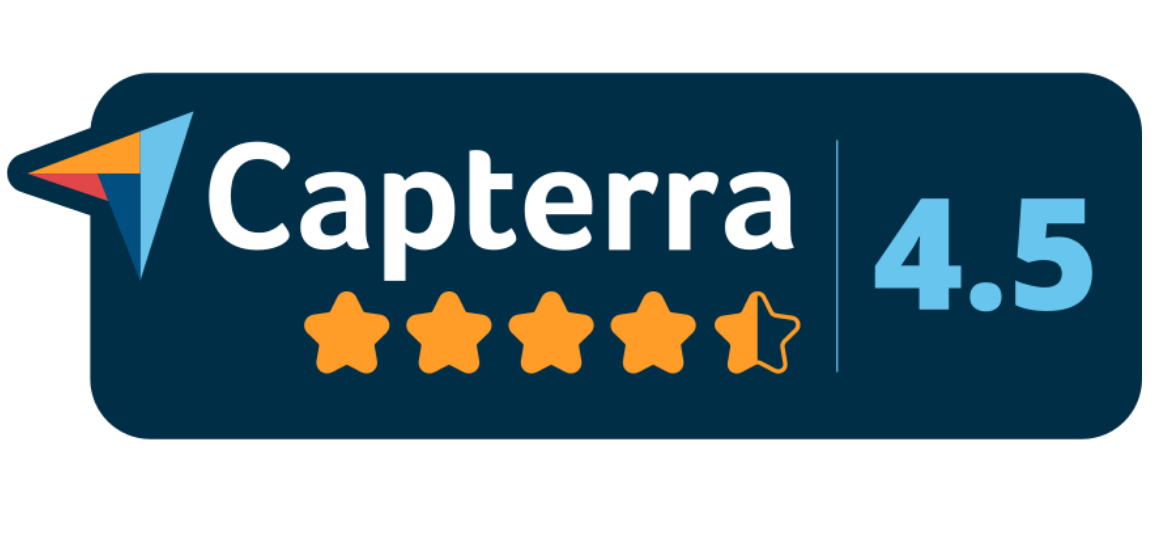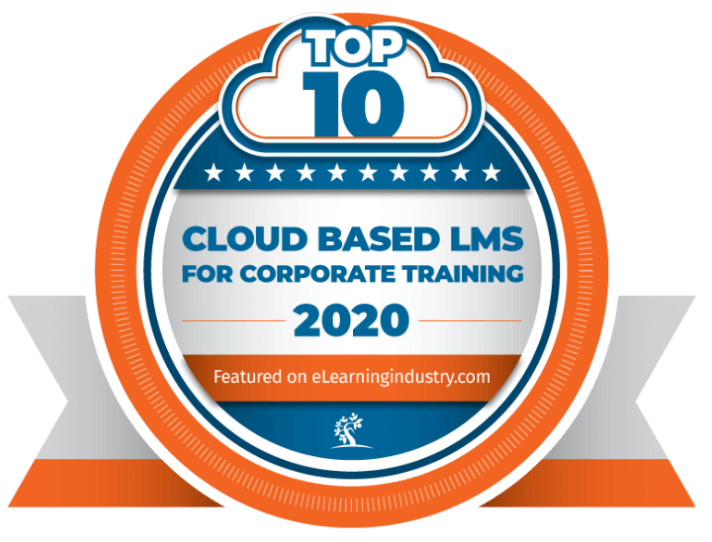January 3, 2025
Learning Content Management Systems: Revolutionizing eLearning Development

The enterprise SaaS space has multiple tools catering to Learning and Development (L&D) initiatives, allowing training content creation, management, and delivery. One of the above types is the Learning Content Management System, or LCMS – a unique hybrid of the Learning Management System (LMS) and Component Content Management System (CCMS), but with extended capabilities unlike the LMS or CMS.
The need to streamline the shift in learning has ensured that LCMS plays a pivotal role in supporting employees’ learning journeys to get the actional competencies required by organizations that are evolving at an unprecedented pace.
LCMS vs. LMS vs. CMS
LCMS, LMS, and CMS are often used interchangeably in the eLearning domain. However, these systems are different, and it’s important to understand how to decide which is best for an organization’s needs.
Defining an LCMS
A learning content management system is software for authoring, delivering, publishing, and analyzing content in a multi-user environment. It gives content professionals a single repository that allows them to manage and contribute to content using content collaboration tools. Unlock:Learn by Infopro Learning is an award-winning learning solution for extended enterprise training. With advanced customization capabilities for user interface and workflows, it brings a seamless brand experience for your internal and external learners. Moreover, employing a wide integration network augments the systems used to manage extended enterprises with utmost automation.
Understanding an LMS
While similar in concept, an LMS serves a fundamentally different purpose. The core purpose of an LMS is to administer, assign, track, and provide access to formal learning content. LMS does not lead in content asset creation or management, whereas LCMS specializes in this area. The LMS can only access the material, restricting content management to external systems. The primary functions of an LMS are the administration and delivery of digital training courses.
What is a CCMS?
As a related technology, a CCMS is similar to an LCMS and provides a one-stop shop for managing content and content assets in a centralized environment. This learning and training module will allow you to create, store and organize reusable learning materials. However, it does not natively allow SCORM-compliant course delivery. Thus, although a CCMS is set up for content management, it does not have the same robust learning delivery and tracking functions as an LCMS without additional integrations or customizations.
What Are the Challenges That Organizations Face in Managing Large Volumes of Content?
Large enterprises and eLearning providers uniquely encounter different concerns while distributing varied content through assorted learning management systems. This vast content volume isn’t guided merely by a strategy—it’s a journey of discovery and innovation.
Here’s an overview of the challenges faced by organizations in content management:
- Aligning with Changing Learner Preferences: As learners increasingly seek quick, bite-sized learning experiences, there is a pressing need to convert long content into shorter, engaging courses.
- The Social Character of Learning: Learners want to learn in a social environment where they can consume and contribute content.
- Maintaining Uniformity: Organizations seek content consistency across classes.
- Updating Content: Compliance, processes, and methodologies are constantly changing, so content needs to be constantly updated.
- Remote Authors: A growing number of course creators are working remotely, which makes coordinating content difficult.
- Multiple LMSs: Enterprises with multiple LMSs or those migrating from one LMS to another will find managing the different content formats difficult.
- Version Control: With multiple users creating, deploying, and managing different iterations of the same course, an organizational-level strategy becomes vital.
Benefits of Using an LCMS
A learning content management system provides various benefits that facilitate training processes, encourage collaboration, and boost engagement. This is how an LCMS can revolutionize your learning & development initiatives:
1) Centralized Information Access
Storing training materials across different systems is cumbersome and time-consuming. A unified platform organizes all assets and connects you so you can find what you need quickly and easily. This will save you time and allow your L&D team to focus more on designing engaging and effective training modules rather than looking up resources spread everywhere.
2) Increased Content Reusability
The best training programs use multiple content types — slides, videos, interactive games and simulations — to support different learning styles. However, many of these assets become obsolete or lost to the wider community, stunting reuse without a curated repository of resources. An LCMS helps your content be systematically archived, ensuring it is easy to manage, retrieve, and repurpose assets. This saves a lot of time but also boosts your training program’s overall awareness.
3) Streamlined Collaboration
Creating engaging training content often requires contributions from multiple authors—a cumbersome task without the right tools. An LCMS encourages collaborative evolution by centralizing the training modules and associated resources. Through this collaboration, you enable multiple authors to work in tandem to create quality and cohesive training content.
4) Higher Engagement Among Employees and Customers
The right LCMS can create engaging content for employees and customers. For employees, access to ongoing and high-impact professional development results in more significant engagement and retention. For customers, clear and accessible training helps them use the product more effectively and independently, increasing their satisfaction and loyalty. This dual impact retains your staffing capabilities and increases your bottom line and consumer confidence.
Conclusion
LCMS is not just a content development tool but a strategic asset that helps organizations create transformative learning experiences that are resource-efficient and cost-effective. An LCMS is a game-changer for organizations seeking to optimize their learning processes and encourage effective engagement. It bridges gaps in how organizations manage and deliver content, empowering teams to create dynamic, reusable, and collaborative training programs that drive results.
Get set to transform your eLearning experience forever. Contact us today to learn how an LCMS can transform your training approach.







